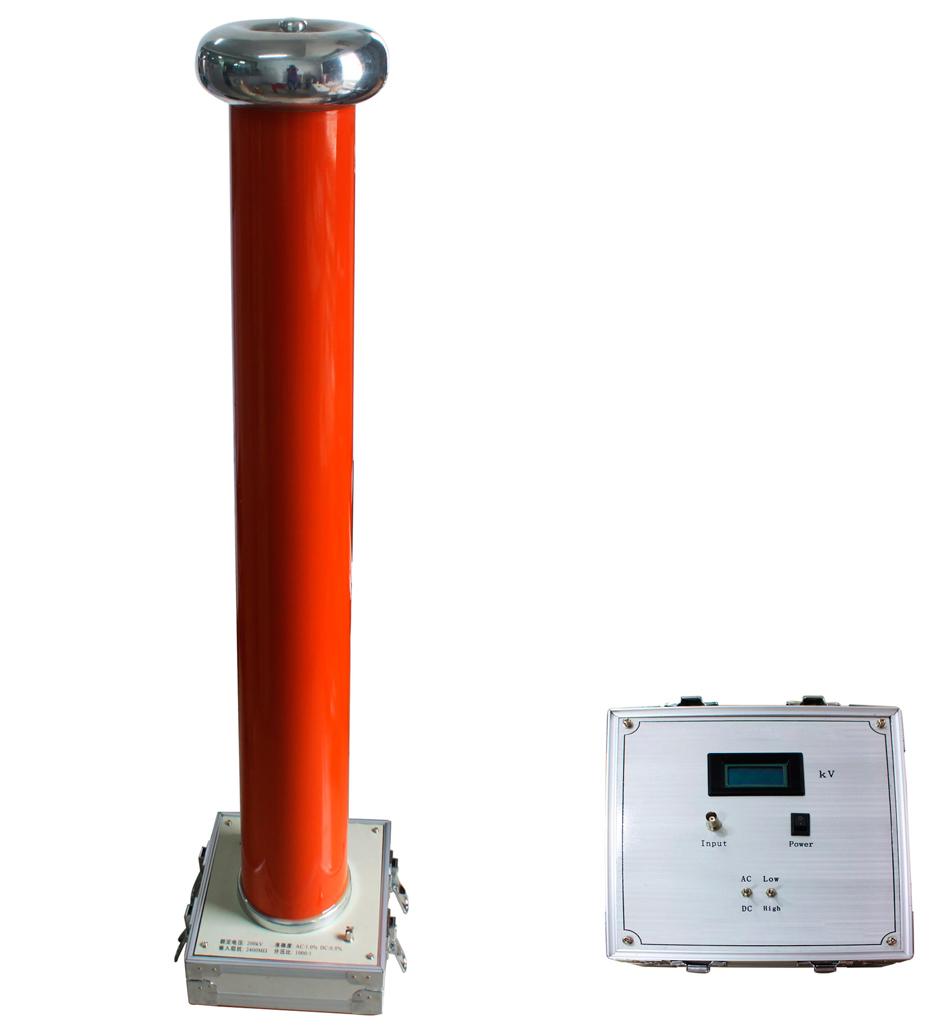
Hence the output is “in-phase” with the input.

The main characteristic of the Common Collector (CC) configuration is that it is a non-inverting amplifier as the input signal passes directly through the base-emitter junction to the output. This type of amplifier configuration is also known as a voltage follower or more commonly an emitter follower as the output signal follows the input signal. The input signal is applied to the transistors base terminal and the output is taken from the emitter terminal as shown.Īs the output signal is taken from across the emitter resistor, R E no collector resistor is used so the collector terminal is connected directly to the supply rail, V CC. The common collector amplifier uses the single transistor in the common collector configuration with the collector being common to both the input and output circuits. As with the CE amplifier and CC amplifier circuits, the phase splitter circuit is forward biased to operated as a linear class-A amplifier to reduce output signal distortion.īut first let’s refresh our knowledge of the common emitter (CE) amplifier circuit and the common collector (CC) amplifier circuit configurations.

the phase splitter, phase-inverter circuit combines the characteristics of a common emitter amplifier with that of a common collector amplifier. Thus the transistor phase splitter is a dual output amplifier producing complementary outputs from its collector and emitter terminals which are out-of-phase by 180 o.Ī single-transistor phase splitter circuit is nothing new as we have seen its basic building blocks in previous tutorials. The input signal of a transistor phase splitter is applied to the base terminal with one output signal taken from the collector terminal and the second output signal taken from the emitter terminal. The Phase Splitter is another type of bipolar junction transistor, (BJT) configuration where a single sinusoidal input signal is split into two separate outputs that differ in phase from each other by 180 electrical degrees. Terminal of antilogarithmic amplifier we will get (Va/Vb). Ln(Va)-ln(Vb) which is ln(Va/Vb) and again if this is given to inverting Input to non inverting summing amplifier.Therefore we will get

Then both Inputs ln(Va) and -ln(Vb) are given ln(Vb).And when -ln(Va) is applied to inverting Input of InvertingĪmplifier we will get ln(Va). I d = (0-V o)/R = I o(exp (V in/V t)) (assumed V in /V t > 1)įirst when the input is applied to inverting terminal of logarithmicĪmplifier we will get -ln(Va). V t is the voltage equivalent of temperature Where I do is reverse saturation current, The current equation of diode is given as I d = I do I = I0 (exp(V/(Vt))-1) (I0= Reverse saturation current)Īnti logarithmic amplifier is an amplifier which provides output Log amplifier is a linear circuit in which the output voltage will be aĬonstant times the natural logarithm of the input. The voltage inputs Vin1,Vin2 are applied to non inverting input of the Non invering amplifier which should have the required high voltage gain.Īfter we have to select the Input resistors as large as possible accordingĪ non inverting summing amplifier circuit with two inputs are shown above. The inverting input terminal, through voltage-divider-bias feedback.įor design of the non inverting summing circuit we have to first design the

The non-inverting input terminal and a part of the output is fed back to Given by a negative sign, ( - ) and the other one called the Non InvertingĪ non-inverting summing amplifier can be constructed using the Which consists of two high impedance inputs, one called the Inverting Input An Operational Amplifier is basically a three-terminal device


 0 kommentar(er)
0 kommentar(er)
